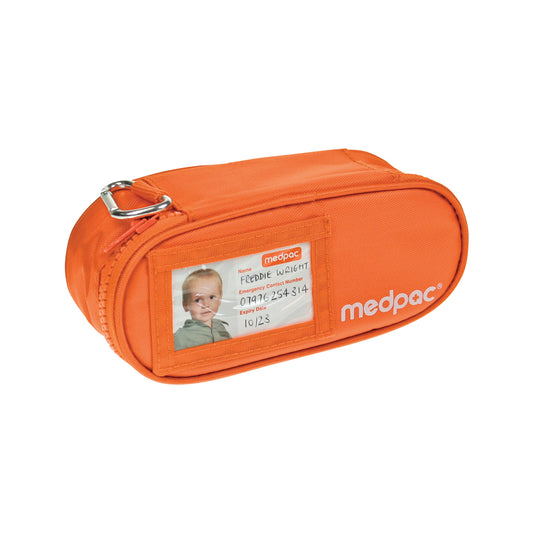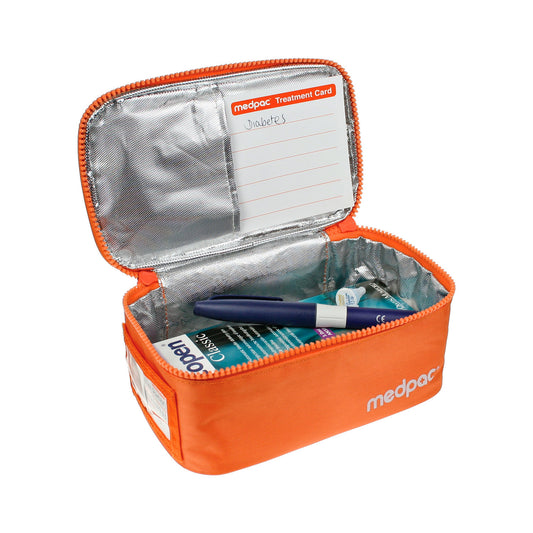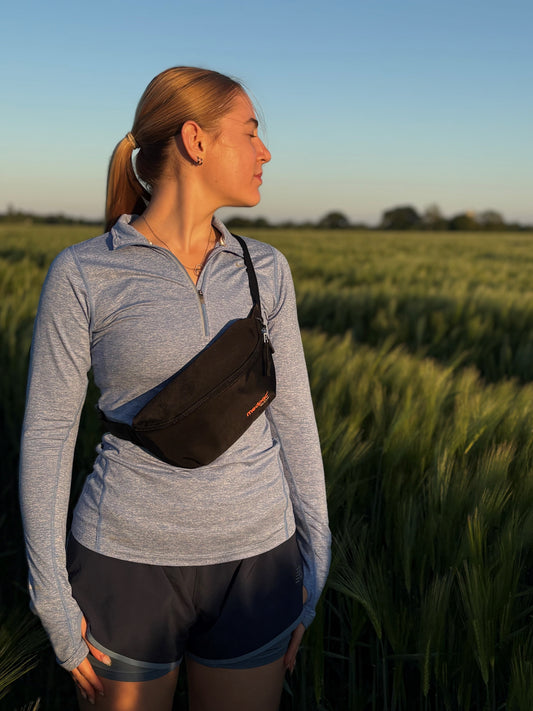
Allergies in children
There’s nothing worse than your child suffering an allergic reaction and being entirely in the dark about what’s triggering it. Reactions can occur within a matter of minutes, so it’s important to discover quickly what is causing your child’s side effects. An allergy is the response of your body’s immune system to normally harmless substances, such as pollens, foods and dust mites in the home.
Fortunately, if you suspect that your child may suffer from an allergy, the NHS offers allergy tests to diagnose their ailments. Depending on the complexity of their condition, they may require one or more of the following allergy tests:
Skin prick tests
A skin prick test is often the first port of call when checking for potential allergens. Most importantly, it’s a very quick test. You will receive the results of the test in less than half-an-hour. The test is completely safe and pain-free. Your child’s skin will be pricked with a small amount of a suspected allergen to check for a reaction. If there is a reaction, the pricked skin will quickly swell, leaving a red mark known as a wheal.
Blood tests
The IgE blood test tends to be used to measure the number of IgE antibodies within your child’s bloodstream – produced by their immune system as a reaction to encountering a suspected allergen.
Patch tests
Patch testing is particularly common for those who are believed to have a skin-based allergy, such as eczema. A tiny amount of the suspected allergen is placed onto a metal disc and taped to your child’s skin for a period of time – up to 48 hours – to determine any skin reactions. Patch tests tend to be conducted in hospital dermatology departments rather than your local surgery.
Food challenges
If a food allergy is suspected for your child, the most accurate way to diagnose it is to undertake a food challenge. This test sees your child consume steadily increasing amounts of the food they are suspected to be allergic to, to discover their reaction.
How to communicate your child’s allergy at school
The very reason the Medpac brand came to fruition was because the founder’s daughter was diagnosed with a condition that required her to carry medicine at all times, whilst making others aware of her medical needs.
Medpac offers the perfect solution for keeping your child’s medication safe at school, complete with photo ID and treatment cards to ensure it is administered correctly:
-
Small and Large Insulated Medpacs
Our Small and Large Medpacs incorporate an insulated lining to help regulate the temperature of medication – ideal for medicine that must be stored within a certain temperature range. They are a vibrant, visible orange colour and also contain a handy ID card for easy identification. The internal pocket can store a treatment card to document how to administer the medication if your child is unable to do so for themselves.
-
Medpac Drawstring Bags
Perfect if your child is regularly travelling to school sports fixtures or on activity trips, our Drawstring Bags can help keep your little one’s medical supplies in one visible place. They are spacious enough to house multiple Small and Large Medpacs, as well as a Pill Box, if necessary.
-
Medpac Active
The Medpac Active is a handy children’s bum bag that’s sturdy and water resistant for everyday wear. It’s large enough to store an Epipen or a Jext pen, asthma inhaler and even a mobile phone!
-
Medpac Wristband
A cost-effective, essential item, our Medpac Wristbands make it obvious to other pupils and school staff that your child is carrying medicine for their condition. It’s also handy for your kids to wear when swimming to make lifeguards aware of the need to administer treatment in a medical emergency.






